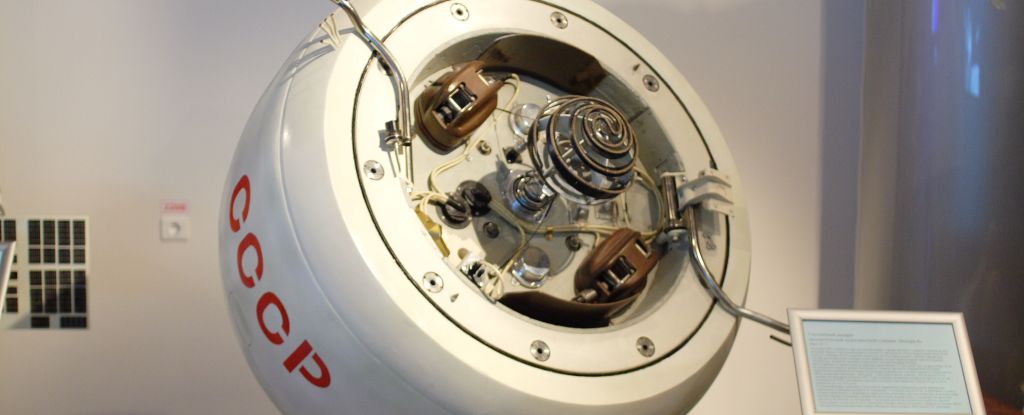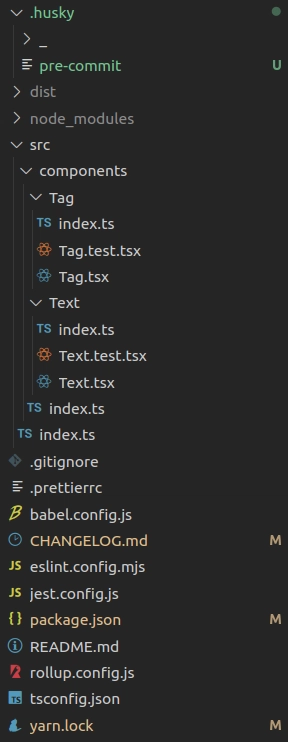How to Properly Read from cmd.exe in Go Without Deadlock?
Introduction Interacting with external processes such as cmd.exe in Go can seem daunting, especially when it comes to reading from standard output (stdout) and standard error (stderr). This article addresses some common issues you might face, such as deadlocking and missing byte data when using the Read() function. We'll provide you with clear solutions to effectively manage your terminal commands while ensuring that your Go program listens for output without issues. Understanding the Problem When you create pipes in Go using exec.Command(), you have to consider how you manage concurrent reads from these pipes. If a read operation on one pipe blocks because there is no data, it can lead to deadlocks. This is particularly troublesome when piping both stdout and stderr as seen in your use case. For instance, if you attempt to read from the stdout pipe, but no data is available, the read operation will block until there's data or the pipe is closed. If your program logic is not set up to handle both stdout and stderr concurrently, you may end up with a deadlock situation. Step-by-Step Solution To effectively handle multiple streams, one of the recommended solutions is to use goroutines to continuously read from both stdout and stderr, ensuring there’s no blocking. Here’s how you can implement this: Revised Shell Struct First, ensure you have the necessary imports: import ( "bufio" "fmt" "io" "os" "os/exec" "time" ) This provides the necessary tools to work with commands and output buffers effectively. StartShell Function In your StartShell function, you can add additional goroutines to handle both output streams asynchronously: func StartShell() (*Shell, error) { c := exec.Command("cmd.exe") stdin, err := c.StdinPipe() if err != nil { return nil, err } stdout, err := c.StdoutPipe() if err != nil { return nil, err } stderr, err := c.StderrPipe() if err != nil { return nil, err } err = c.Start() if err != nil { return nil, err } s := Shell{c.Process.Pid, stdin, stdout, stderr} go s.readOutput() // Start reading stdout go s.readError() // Start reading stderr // Sleep to give time to shell to start time.Sleep(100 * time.Millisecond) return &s, nil } Improved Reading Functions Modify the Shell struct to include buffers for storing output: type Shell struct { Pid int StdinPipe io.WriteCloser StdoutPipe io.ReadCloser StderrPipe io.ReadCloser stdoutBuf []byte stderrBuf []byte } Then implement the reading functions: func (s *Shell) readOutput() { scanner := bufio.NewScanner(s.StdoutPipe) for scanner.Scan() { s.stdoutBuf = append(s.stdoutBuf, scanner.Bytes()...) } } func (s *Shell) readError() { scanner := bufio.NewScanner(s.StderrPipe) for scanner.Scan() { s.stderrBuf = append(s.stderrBuf, scanner.Bytes()...) } } Read Methods Read from the buffers you’ve populated to avoid blocking: func (s *Shell) ReadOut() []byte { out := s.stdoutBuf s.stdoutBuf = nil // Clear the buffer after reading return out } func (s *Shell) ReadErr() []byte { err := s.stderrBuf s.stderrBuf = nil // Clear the buffer after reading return err } Main Function Your main.go would look like this now: func main() { s, err := StartShell() if err != nil { fmt.Println("Error Starting shell --->", err) return } for { var input string scanner := bufio.NewScanner(os.Stdin) scanner.Scan() input = scanner.Text() if err = s.Write(input); err != nil { fmt.Println("Error Running Command in shell --->", err) } fmt.Print(string(s.ReadOut())) fmt.Print(string(s.ReadErr())) } } Frequently Asked Questions (FAQ) Q1: Why does reading from stdout or stderr cause deadlocks? A1: Deadlocks occur when a read operation is blocked waiting for data to be available but there is no data, causing the program to hang. Implementing goroutines to handle reads can help prevent this. Q2: How can I ensure all output is read from cmd.exe? A2: Use goroutines to read from both output streams, and make sure to maintain buffers so you can access and clear the data after each read. Q3: What if my command requires user input? A3: Ensure your reading mechanism gracefully handles input prompts by checking for the expected outputs and communicating back to the user accordingly. Conclusion By using goroutines and buffered reads for both stdout and stderr, you can avoid deadlocks and efficiently manage command execution in your Go applications. This technique not only improves how you interact with subprocesses but also enriches the user experience by providing a responsive interface for command line utilities.

Introduction
Interacting with external processes such as cmd.exe in Go can seem daunting, especially when it comes to reading from standard output (stdout) and standard error (stderr). This article addresses some common issues you might face, such as deadlocking and missing byte data when using the Read() function. We'll provide you with clear solutions to effectively manage your terminal commands while ensuring that your Go program listens for output without issues.
Understanding the Problem
When you create pipes in Go using exec.Command(), you have to consider how you manage concurrent reads from these pipes. If a read operation on one pipe blocks because there is no data, it can lead to deadlocks. This is particularly troublesome when piping both stdout and stderr as seen in your use case.
For instance, if you attempt to read from the stdout pipe, but no data is available, the read operation will block until there's data or the pipe is closed. If your program logic is not set up to handle both stdout and stderr concurrently, you may end up with a deadlock situation.
Step-by-Step Solution
To effectively handle multiple streams, one of the recommended solutions is to use goroutines to continuously read from both stdout and stderr, ensuring there’s no blocking. Here’s how you can implement this:
Revised Shell Struct
First, ensure you have the necessary imports:
import (
"bufio"
"fmt"
"io"
"os"
"os/exec"
"time"
)
This provides the necessary tools to work with commands and output buffers effectively.
StartShell Function
In your StartShell function, you can add additional goroutines to handle both output streams asynchronously:
func StartShell() (*Shell, error) {
c := exec.Command("cmd.exe")
stdin, err := c.StdinPipe()
if err != nil {
return nil, err
}
stdout, err := c.StdoutPipe()
if err != nil {
return nil, err
}
stderr, err := c.StderrPipe()
if err != nil {
return nil, err
}
err = c.Start()
if err != nil {
return nil, err
}
s := Shell{c.Process.Pid, stdin, stdout, stderr}
go s.readOutput() // Start reading stdout
go s.readError() // Start reading stderr
// Sleep to give time to shell to start
time.Sleep(100 * time.Millisecond)
return &s, nil
}
Improved Reading Functions
Modify the Shell struct to include buffers for storing output:
type Shell struct {
Pid int
StdinPipe io.WriteCloser
StdoutPipe io.ReadCloser
StderrPipe io.ReadCloser
stdoutBuf []byte
stderrBuf []byte
}
Then implement the reading functions:
func (s *Shell) readOutput() {
scanner := bufio.NewScanner(s.StdoutPipe)
for scanner.Scan() {
s.stdoutBuf = append(s.stdoutBuf, scanner.Bytes()...)
}
}
func (s *Shell) readError() {
scanner := bufio.NewScanner(s.StderrPipe)
for scanner.Scan() {
s.stderrBuf = append(s.stderrBuf, scanner.Bytes()...)
}
}
Read Methods
Read from the buffers you’ve populated to avoid blocking:
func (s *Shell) ReadOut() []byte {
out := s.stdoutBuf
s.stdoutBuf = nil // Clear the buffer after reading
return out
}
func (s *Shell) ReadErr() []byte {
err := s.stderrBuf
s.stderrBuf = nil // Clear the buffer after reading
return err
}
Main Function
Your main.go would look like this now:
func main() {
s, err := StartShell()
if err != nil {
fmt.Println("Error Starting shell --->", err)
return
}
for {
var input string
scanner := bufio.NewScanner(os.Stdin)
scanner.Scan()
input = scanner.Text()
if err = s.Write(input); err != nil {
fmt.Println("Error Running Command in shell --->", err)
}
fmt.Print(string(s.ReadOut()))
fmt.Print(string(s.ReadErr()))
}
}
Frequently Asked Questions (FAQ)
Q1: Why does reading from stdout or stderr cause deadlocks?
A1: Deadlocks occur when a read operation is blocked waiting for data to be available but there is no data, causing the program to hang. Implementing goroutines to handle reads can help prevent this.
Q2: How can I ensure all output is read from cmd.exe?
A2: Use goroutines to read from both output streams, and make sure to maintain buffers so you can access and clear the data after each read.
Q3: What if my command requires user input?
A3: Ensure your reading mechanism gracefully handles input prompts by checking for the expected outputs and communicating back to the user accordingly.
Conclusion
By using goroutines and buffered reads for both stdout and stderr, you can avoid deadlocks and efficiently manage command execution in your Go applications. This technique not only improves how you interact with subprocesses but also enriches the user experience by providing a responsive interface for command line utilities.















































































